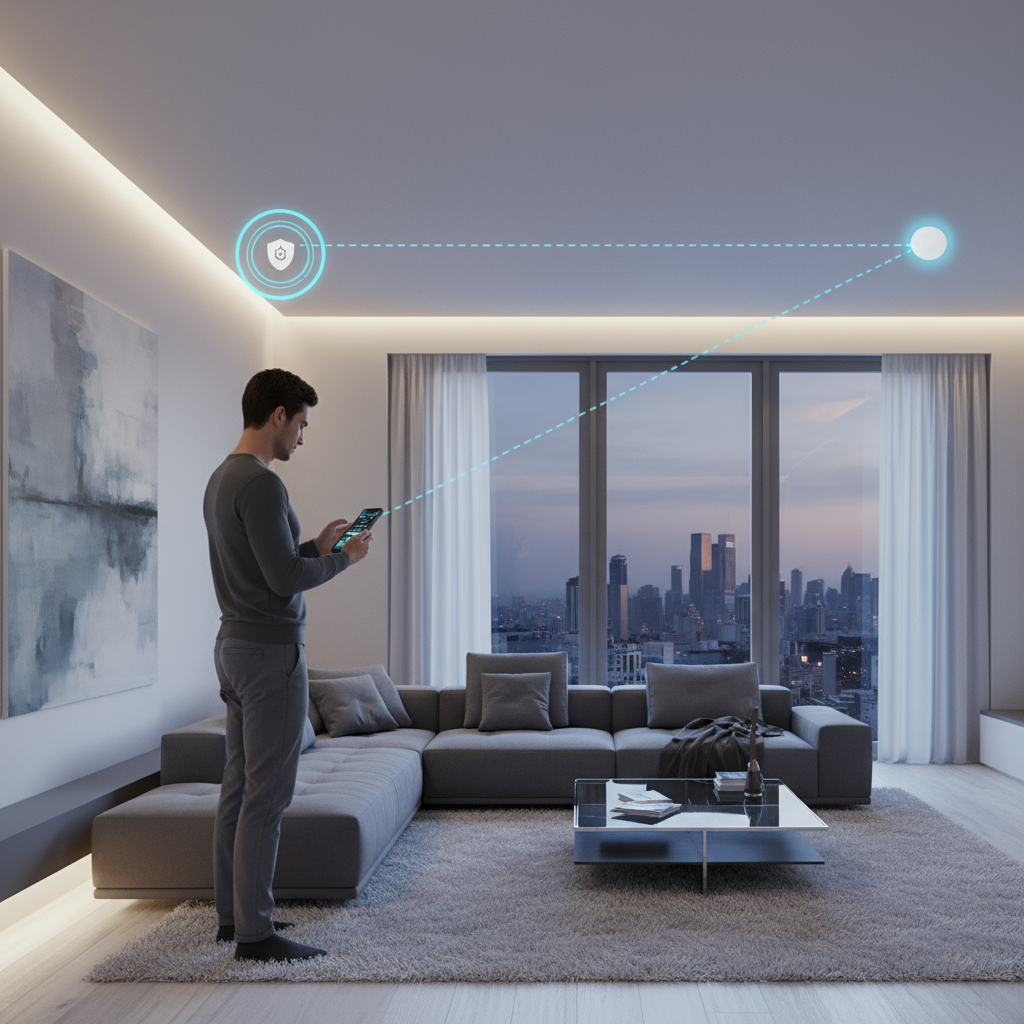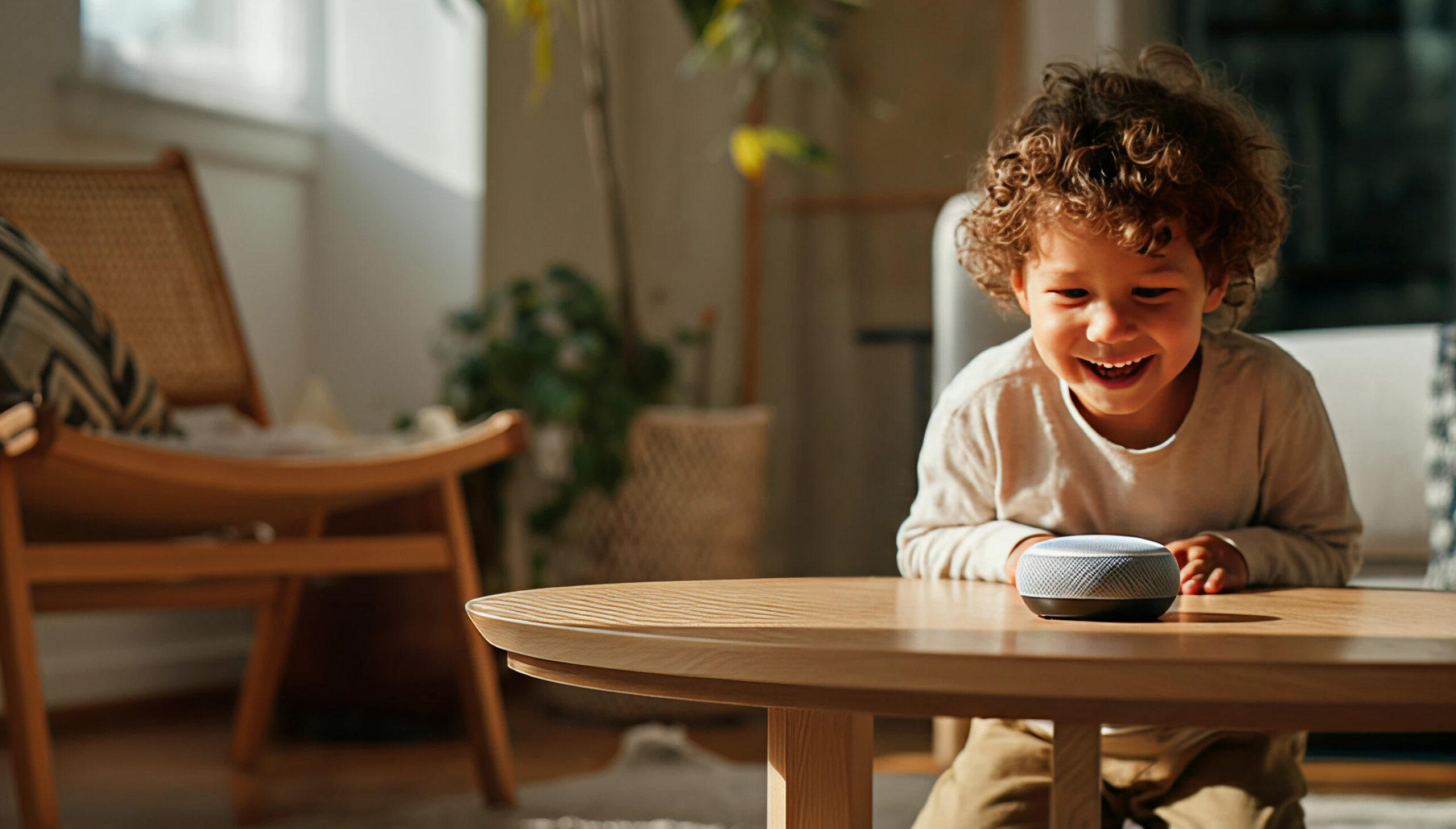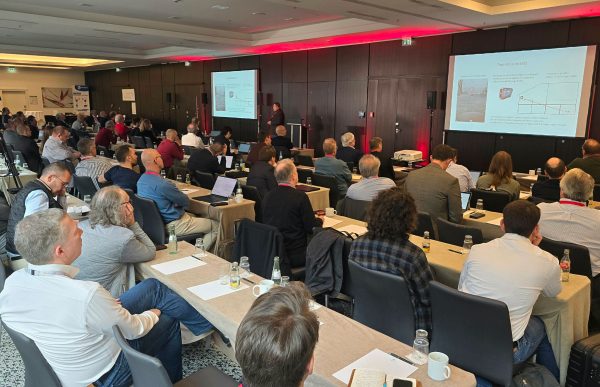Shaping the Future of Secure Wireless Communication
About us
About the DECT Forum
The DECT Forum was founded in 1997 and is an international non-profit association of companies and
organisations that works alongside the European Telecommunications Standards Institute (ETSI) to promote the development and adoption of the family of Digital Enhanced Cordless Telecommunications (DECT) standards. ETSI is a non-profit standards organisation recognised by the European Union that develops globally applicable standards for information and communications technologies (ICT).
Dedicated Spectrum
- Licence exempt
- Co-existence by design
- Universally available
DECT ensures exceptional quality of service through dedicated spectrum access across its family of technologies – maintaining a governing framework that permits co-existence and scalability across professional Audio, Voice and IoT Segments.
Operating in shared spectrum exclusively reserved for DECT devices minimizes interference, guaranteeing reliable, secure, and high-quality communications for consistent performance needs.
High Reliability
- Fail safe
- Low latency
- Long range
DECT remains the technology of choice around the globe for mission-critical voice and messaging communication in many market segments including healthcare, emergency services, industry, retail as well as office environments.
In the IoT space, NR+ brings even more – self-healing mesh networks, low latencies, and kilometers of range.
DECT removes wires without compromising on reliability
Operational Continuity
- Open standard
- Longevity
- System Ownership
No wireless technology has achieved global acceptance without the backing of a solid, open standard.
The DECT family of standards has been leading the way since 1992, helping businesses minimize risk and maintain their competitive edge through continuity, robust Quality of Service and streamlined device integration.
Applications
One Technology, Many Applications
At the DECT Forum, we focus on how DECT technologies make a real difference in everyday life and business. Whether it’s reliable connectivity for Massive IoT, Pro Audio or crystal-clear voice communication, we work closely with industry partners to ensure that DECT keeps evolving to support the applications that matter most.
Technologies
The DECT Family of Standards
Under the umbrella of the DECT name sits a family of standards that began in the cordless telephony market but which, over the last 30 years, has evolved far beyond it. Today, in addition to being a highly-successful solution for residential and enterprise telephony, DECT encompasses advanced Internet of Things networking, smart home solutions and professional audio applications. This breadth makes it one of the most versatile wireless technologies available.
DECT has unique technical characteristics that keep it at the forefront of wireless innovation, delivering modern, forward-looking solutions that are very much ahead of the curve.

NR+
NR+ is purpose-built to meet the needs of demanding professional IoT applications, combining high-density (mMTC) connectivity with extended range. It enables next-generation use cases across smart energy, smart cities, building automation, and Industry 4.0.

Classic DECT
DECT is the global standard for cordless telephony communication – trusted for its reliability, interference-free performance, and easy deployment. From homes to enterprises, it also powers everything from smart audio devices to professional headsets and microphones.

DECT Evolution
DECT Evolution delivers higher data rates and ultra-low latency, making it the perfect fit for real-time, high-quality audio in pro microphones, intercoms, gaming headsets, and controllers.

DECT ULE
DECT ULE takes the technology’s into the Smart Home and is designed for home automation, including battery-powered devices. DECT ULE has been instrumental in providing energy-efficient solutions for real-time monitoring and control.
Updates

































